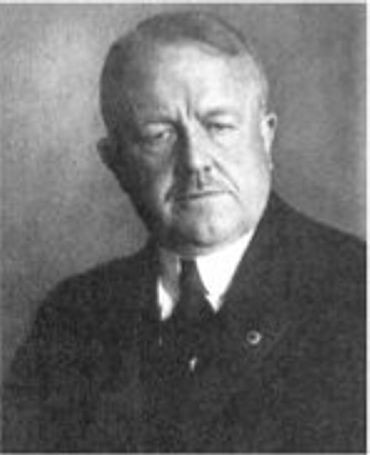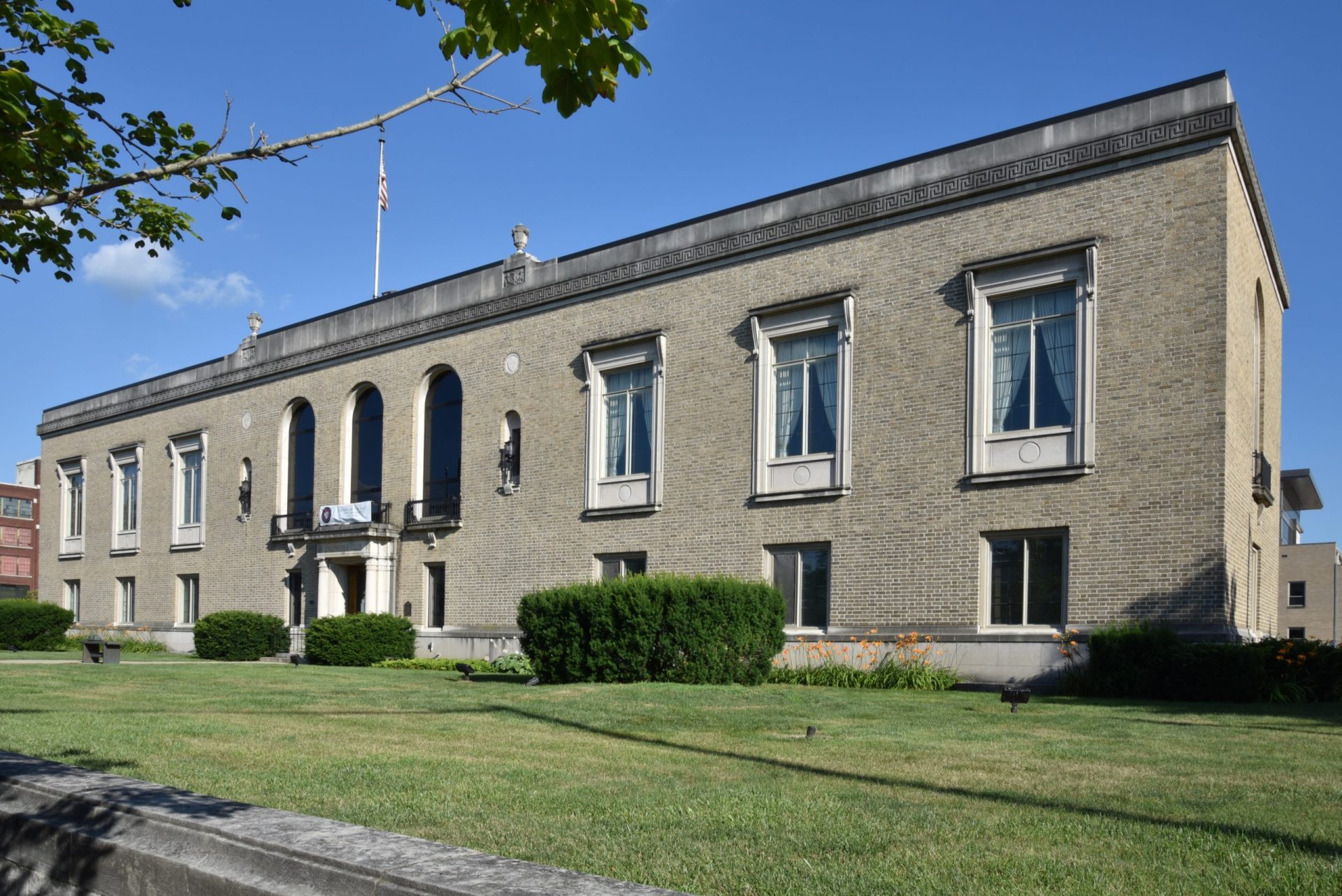
1868 – 1924
Created work and motion study for improving efficiency
Enshrined: 1988
Major Field of Study: Manufacturing
Specific Accomplishment: Created work and motion studies for improving efficiency.
Home Town: Fairfield, Maine
Youth Activities: At 17, went to work as a bricklayer’s helper, foregoing college in order to enable his widowed mother to give up the boarding house she operated.
High School: English High School, Boston, 1885
Engineering and Science Achievements: Frank Gilbreth conducted motion studies to optimize various processes such as bricklaying, surgical procedures, and assembly/disassembly of small arms.
Additional Details:
As a young apprentice, when Gilbreth noticed differences in approach by various bricklayers, he determined to develop a more uniform, efficient process. His resulting multi-level scaffold and accessible arrangement of bricks reduced the number of motions required to lay a brick from 18 to 4 1/2. He started his own construction company in 1895, and in keeping with the company’s motto “speed work,” patented a concrete mixer that accelerated the making of concrete.
A big step in Gilbreth’s professional development was his marriage in 1904 to future fellow ESHoF enshrinee Lillian Moeller Gilbreth, who convinced him to change his focus from construction to management. The Gilbreths set up a consulting firm and pooled their talents—Lillian’s knowledge of psychology and Frank’s expertise in motion–to advocate their version of the theory of “Scientific Management,” a philosophy of drawing maximum productivity from an individual by ensuring his comfort, happiness and dignity. They established the “Summer School of Scientific Management” in 1913 as a venue for propagating their ideas.
One of the Gilbreths’ key innovations was the pioneering use of time-motion film studies that broke processes down into basic steps and timed them in order to find the “one best way” to perform a procedure. This included analysis of 17 fundamental hand movements or “therbligs,” (derived from a backward spelling of “Gilbreth”). Frank Gilbreth is also credited with crafting standard techniques for assembly/disassembly of small arms to enable soldiers to perform their tasks blindfolded, and proposing the use of a “caddy” to hand instruments to surgeons during operations.
Frank and Lillian had 12 children, and they employed their techniques in running their home, establishing committees for various functions and often including the children in their experiments. The family was the subject of two books co-authored by son Frank Bunker Gilbreth Jr. and daughter Ernestine Gilbreth Cary that were made into movies—Cheaper by the Dozen (1948) and Belles on Their Toes (1950).
After Frank’s death in 1924, Lillian continued her work as a teacher and consultant, remaining active into the 1960s until age 90.
References:
“Frank Bunker Gilbreth Sr.,”Wikipedia, retrieved 1 August 2016 from https://en.wikipedia.org/wiki/Frank_Bunker_Gilbreth
“Frank and Lillian Gilbreth,” New World Encyclopedia, retrieved 1 August 2016 from http://www.newworldencyclopedia.org/entry/Frank_and_Lillian_Gilbreth
“Pioneers in Improvement and our Modern Standard of Living,” IWSI News, Issue 18, September 1968, retrieved from The Gilbreth Network on 1 August 2016 from http://gilbrethnetwork.tripod.com/bio.html
Madelyn Wardle, “Lillian Moeller Gilbreth, PhD,” Engineering and Science Hall of Fame web site, retrieved 1 August 2016 from http://eshalloffame.org/index.php/enshrinees/18-lillian-moller-gilbreth
“Scientific Management,” Wikipedia, retrieved 3 August 2016 from https://en.wikipedia.org/wiki/Scientific_management
Links:
http://www.newworldencyclopedia.org/entry/Frank_and_Lillian_Gilbreth
http://gilbrethnetwork.tripod.com/bio.html
http://eshalloffame.org/index.php/enshrinees/18-lillian-moller-gilbreth

